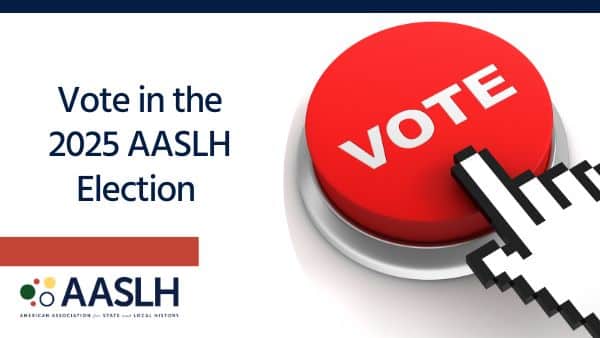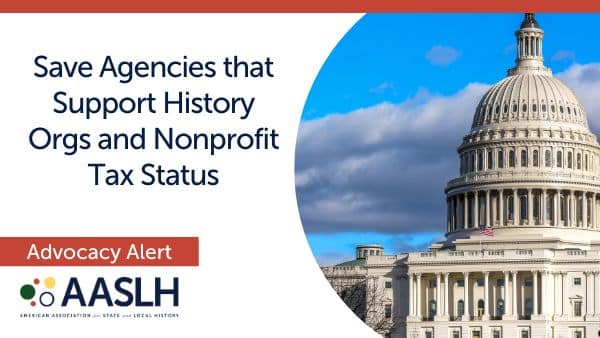If you work at a museum or historic site, you undoubtedly have a never-ending to-do list. With so many important projects vying for your attention, the best you can do is tackle the ones that seem most important and hope nothing critical falls by the wayside…right? Well, not quite.
The key to prioritizing your time and money is to know exactly which of your museum’s attributes can predict a positive visitor experience. You and other staff may see all of the things that need improvement, but if you were to know what visitors really want, you could focus on the tasks that promise the most ROI (return on investment).
We call these predictors Key Drivers. Key Drivers are those aspects of your museum or historic site that make the biggest difference between an excellent, average, or a not so good experience. They can be anything from customer service to way finding signage or whether visitors felt a personal connection to an exhibit or program.
Key Drivers vary from museum to museum. As you can imagine, what determines a positive experience for a visitor to a large, urban history museum may be very different than a rural living history site or a memorial museum. Not only that, but the list of Key Drivers for local visitors to a museum or site is frequently different than for people coming from farther away. In other words, different things “matter most” to different audiences.Not only do Key Drivers help you decide which areas need the most improvement, they also identify what it is about your site that visitors really like so you can emphasize those strengths in marketing, fundraising, and other areas. All in all, whether it is strengths or opportunities for improvement, knowing your institution’s unique Key Drivers empowers you to make informed decisions so you don’t throw money, time, or staff at things that don’t matter to visitors.
Are you ready to invest in discovering your Key Drivers? The best way to do that is through Visitor’s Count, AASLH’s comprehensive visitor research program.
Once you register for Visitors Count, AASLH works with you to create your custom research survey that focuses on issues specific to your museum. We provide an online orientation session and program handbook along with personal service and guidance throughout the project. Once your survey is ready, you distribute the questionnaires to people who visit your facility with the goal of collecting up to 100 completed surveys in each season (200 total). After data entry, processing and analysis by our partner agency, the Center for Nonprofit Management of Nashville, your final report is delivered electronically. An optional but highly recommended one-day meeting is held the following week in Nashville to help you understand your results, benchmarks, key drivers, and priorities for digging deeper. For more information, contact Cherie Cook, Senior Program Manager at AASLH (573-893-5164).
Learn more about Visitors Count




